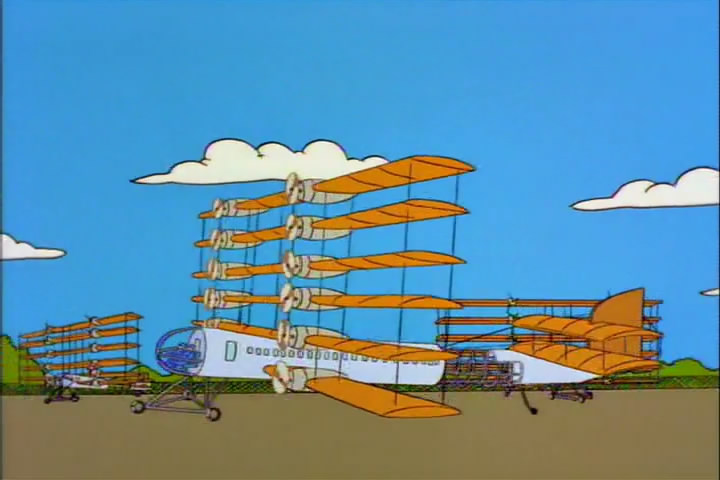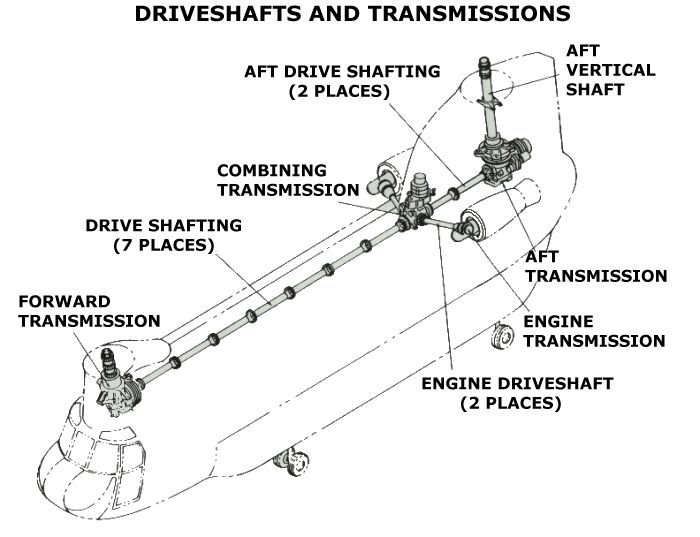This thread sat dormant a long time and has suddenly burst back to life. I’m just now catching up on the last ~week’s many contributions.
Returning to the “If engine fails you must land ASAP” idea as a basis for design criteria …
That is current regulation for airline ops. But not for lesser regulated segments of aviation. The relevant cite is eCFR :: 14 CFR Part 121.565. The meat is in the very first sentence which, in pertinent part, reads:
… whenever an airplane engine fails or whenever an engine is shutdown to prevent possible damage, the pilot in command must land the airplane at the nearest suitable airport, in point of time, at which a safe landing can be made.
“In point of time” is awkward legalese for “as measured by time, not by distance”.
Now the word “suitable” is doing all the heavy lifting there and the definition of suitable is pretty flexible. It definitely extends far beyond just “Is the runway long enough you have a decent chance of stopping before the end?”
ETOPS / EROPS further amplifies on this by permitting flight up to ~3-1/2 hours from any “suitable” airport for certain airplanes and operators. So the engineers & authorities & operators are all confident enough that you can suffer an engine failure, drone along for another 3-1/2 hours with no powerplant redundancy, then land, and still be safe enough.
As mentioned upthread, the definition of “suitable” for a quadcopter-style vehicle is going to be a lot easier to fulfill. Unless over open water.
Moving beyond that narrow issue …
IMO these vehicles will succeed or fail as engineering projects on the basis of distributed redundant lifting power and distributed redundant control power. Which will be achieved by electrical / computer control, not by mechanical moving parts.
There is no reason in principle that a quadcopter couldn’t be designed to fly adequately with one dead rotor. The problem only gets easier with more rotors.


